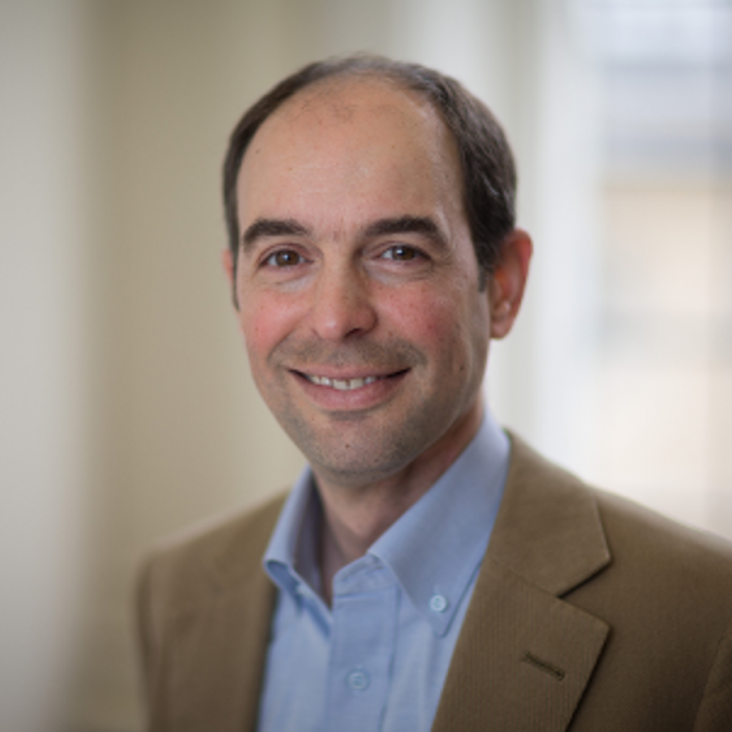Electron spin ensemble strongly coupled to a three-dimensional microwave cavity
(2011)
Photochemical stability of N@C60 and its pyrrolidine derivatives
Chemical Physics Letters 508:4-6 (2011) 187-190
Abstract:
Pyrrolidine derivatives of N@C60 have been synthesized and characterized. The photochemical stability of the derivatives as well as pristine N@C60 are studied and compared. While the attachment of a pyrrolidine group to C60 cage significantly lowers the photolytic stability of N@C60, the effect of a peripheral optically active pyrenyl group on photoinduced decay is negligible. A mechanism involving carbon-carbon bond dissociation and a subsequent inversion of the endohedral nitrogen atom is proposed to account for the observed spin loss. © 2011 Elsevier B.V. All rights reserved.Coherent state transfer between an electron and nuclear spin in N15@C 60
Physical Review Letters 106:11 (2011)
Abstract:
Electron spin qubits in molecular systems offer high reproducibility and the ability to self-assemble into larger architectures. However, interactions between neighboring qubits are "always on," and although the electron spin coherence times can be several hundred microseconds, these are still much shorter than typical times for nuclear spins. Here we implement an electron-nuclear hybrid scheme which uses coherent transfer between electron and nuclear spin degrees of freedom in order to both effectively turn on or off interqubit coupling mediated by dipolar interactions and benefit from the long nuclear spin decoherence times (T2n). We transfer qubit states between the electron and N15 nuclear spin in N15@C60 with a two-way process fidelity of 88%, using a series of tuned microwave and radio frequency pulses and measure a nuclear spin coherence lifetime of over 100 ms. © 2011 American Physical Society.Electrically detected magnetic resonance in a W-band microwave cavity.
Rev Sci Instrum 82:3 (2011) 034704


